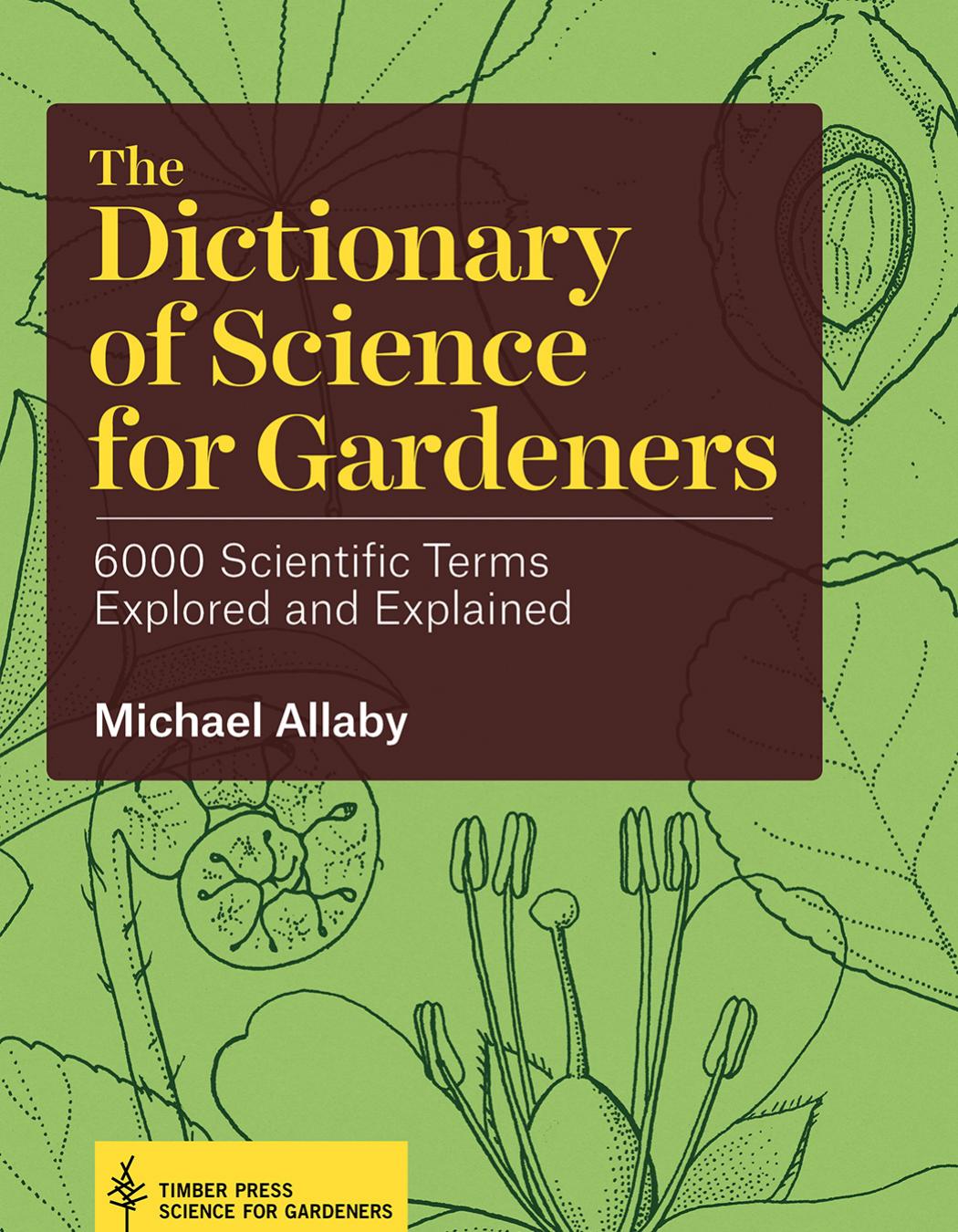The Dictionary of Science for Gardeners: 6000 Scientific Terms Explored and Explained by Michael Allaby

Author:Michael Allaby [Allaby, Michael]
Language: eng
Format: azw3, pdf
Publisher: Timber Press
Published: 2015-09-04T16:00:00+00:00
L
Labiatae See Lamiaceae.
Laboulbeniomycetes A group of ascomycete fungi all of which are obligate parasites of insects (Insecta) and other arthropods (Arthropoda) and live on the outside of their hosts. There is no true mycelium, but a small haustorium penetrates the host integument. Fruiting bodies are usually less than 1 mm across. There are more than 2000 species found worldwide.
Laburnum (family Fabaceae) A genus of small, deciduous trees with trifoliate, clover-like leaves and yellow, pea-like flowers borne in pendulous racemes. There are two species occurring in southern Europe. They are widely cultivated as ornamentals and for their wood. All parts of the plant are poisonous.
Laccaria laccata (deceiver, waxy laccaria) A species of agaric fungi with a mushroom-like fruiting body, the pileus up to 60 mm across and irregular gills. The colour can be pink, red, orange, or brown, the variability of its appearance accounting for its common name deceiver. It occurs throughout Europe and North America in heathland and woodland, and is edible but said to be tasteless.
Lacertilia (‘true’ lizards) A suborder of reptiles (Reptilia) that have overlapping scales but are members of neither the order Rhynchocephalia (tuatara) nor the suborder Serpentes (snakes). They have well-developed legs, although some species have lost their legs in the course of their evolution, and long tails capable of autotomy, and external ears. Otherwise lizards have no distinguishing features, since they are defined as not being snakes. There are more than 5000 species distributed on all continents except Antarctica.
lacewings See Neuroptera.
Lacistemataceae (order Malpighiales) A family of shrubs and small trees with alternate, simple, more or less elliptical, coriaceous, entire leaves with short petioles. Flowers small, more or less zygomorphic, hermaphrodite or unisexual (plants monoecious or andromonoecious), 1 fused or 2–6 free sepals or none, petals absent, 1 stamen, ovary superior of 2–3 carpels with 1 locule. Inflorescence racemose to densely spicate. Fruit is a capsule. There are 2 genera of 14 species occurring in Jamaica and Central and northwestern South America.
Lactarius (milk cap) A genus of mycorrhizal (see mycorrhiza) agaric fungi that exude a white liquid when the fruiting body or gills are damaged, hence the common name. The fruiting bodies are typically more than 100 mm across, with a pileus that appears woolly. There are about 400 species with a cosmopolitan distribution. Some are edible.
Lactuca (family Asteraceae) A genus of annual, biennial, and perennial herbs (lettuce) with underground stolons, taproots, or tuberous roots, leaves spirally arranged, basal leaves usually in a rosette, sessile or with petioles, entire or pinnatisect. Inflorescence a corymb-like, spike-like, or pyramidal panicle. Fruit is an achene. There are about 100 species with worldwide distribution but especially in temperate Eurasia. Many are weeds. Cultivated lettuce is L. sativa.
lacuna 1. A gap between cells that is filled with air. 2. See leaf gap.
lacunose With a pitted or indented surface.
lacustrine deposit An accumulation of sediment deposited on the bed of a lake.
LAD See last appearance datum.
lady beetles See Coccinellidae.
ladybirds See Coccinellidae.
ladybugs See Coccinellidae.
lady cows See Coccinellidae.
lady in a bath See Lamprocapnos spectabilis.
lady’s mantle See Alchemilla.
Download
The Dictionary of Science for Gardeners: 6000 Scientific Terms Explored and Explained by Michael Allaby.pdf
This site does not store any files on its server. We only index and link to content provided by other sites. Please contact the content providers to delete copyright contents if any and email us, we'll remove relevant links or contents immediately.
A Dictionary of Sociology by Unknown(3044)
The Art of Dramatic Writing: Its Basis in the Creative Interpretation of Human Motives by Egri Lajos(3037)
The Dictionary of Body Language by Joe Navarro(2969)
0041152001443424520 .pdf by Unknown(2815)
How The Mind Works by Steven Pinker(2777)
Day by Elie Wiesel(2746)
Merriam-Webster's Collegiate Thesaurus, Second Edition by Merriam-Webster Inc(2731)
The Meaning of the Library by unknow(2534)
The Official Guide to the TOEFL Test by ETS(2301)
A History of Warfare by John Keegan(2214)
The Emotion Thesaurus: A Writer's Guide to Character Expression by Puglisi Becca & Ackerman Angela(2126)
Emotion Amplifiers by Angela Ackerman & Becca Puglisi(2016)
MASTER LISTS FOR WRITERS: Thesauruses, Plots, Character Traits, Names, and More by Bryn Donovan(1923)
Merriam-Webster's Pocket Dictionary by Merriam-Webster(1910)
The Cambridge Guide to English Usage by PAM PETERS(1890)
Star Wars The Rise of Skywalker The Visual Dictionary by Pablo Hidalgo(1865)
More Than Words (Sweet Lady Kisses) by Helen West(1836)
Lucky Jim by Kingsley Amis(1729)
American Accent Training by Ann Cook(1643)
